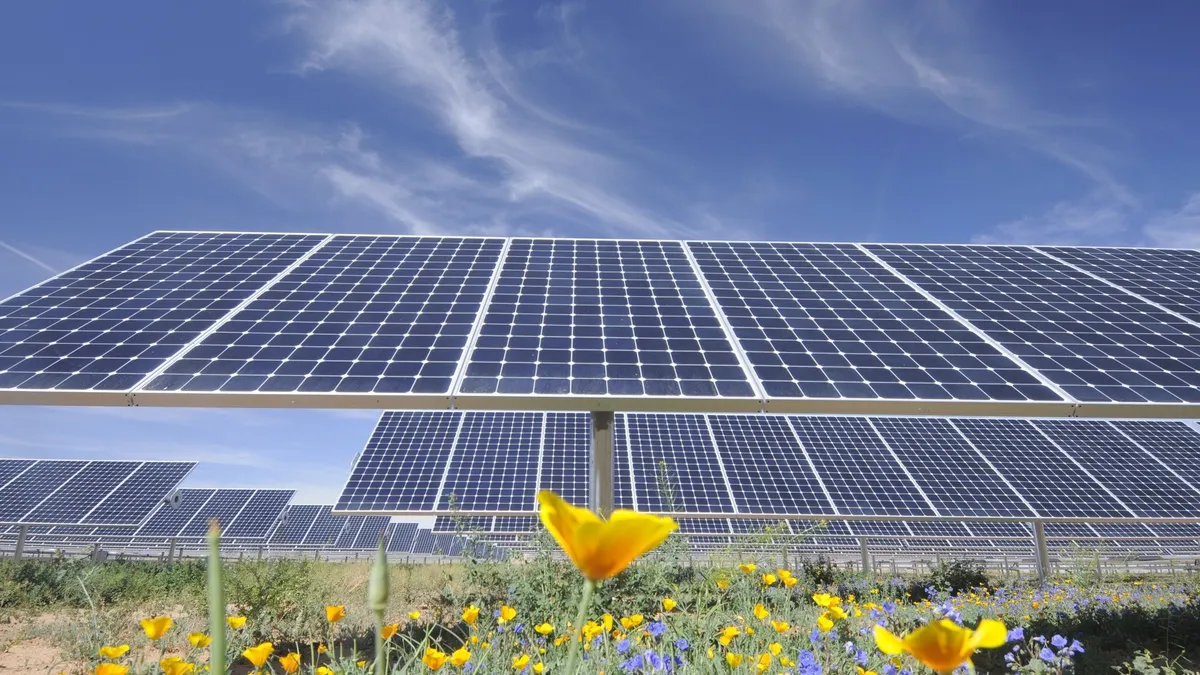Dive Brief:
- Amazon has begun work to convert the site of a former coal mine in Garret County, Maryland, into a 300,000-panel solar farm.
-
The company now owns 479 wind and solar projects globally, making it the world's largest buyer of clean energy, with a portfolio comparable to that of NextEra Energy, according to Bloomberg BNEF.
-
Amazon is on track to reach its 100% renewable energy target five years ahead of schedule. Unconventional projects such as the coal mine conversion and projects in new markets have helped Amazon keep pace, according to Nat Sahlstrom, head of energy, water and sustainability at Amazon Web Services.
Dive Insight:
Developing renewable energy projects isn't getting any easier. But Amazon hasn't slowed its progress toward its clean energy goals — and doesn't intend to, Sahlstrom said.
The company expects to power its operations, including its data centers, fulfillment centers and physical stores, with 100% renewable energy by 2025, Sahlstrom said — five years ahead of its initial 2030 goal. The company has added 78 new wind and solar projects so far this year, including the Maryland coal site project, and now has renewable energy projects operating in 26 countries and 21 U.S. states. Amazon has also invested in utility-scale battery storage, Sahlstrom said.
One of the biggest challenges the company currently faces, Sahlstrom said, is deploying renewable energy in regions of the world where corporate procurement of renewable energy is less common. Amazon announced its first projects in South Korea and Greece this year, and has helped to negotiate new energy tariffs in countries like South Africa, which previously lacked provisions for corporate renewable energy procurement.
“We're seeing more demand for renewable energy, and one of the things we're most proud of is our work to open up markets and accelerate the development of new projects,” Sahlstrom said.
The new Maryland project also represents a first for Amazon. The 45-acre site is considered a brownfield — that is, land where development, reuse or expansion is complicated by existing or potential contamination. Amazon hasn't adopted a strategic focus on brownfield sites, Sahlstrom said. But the site did come with some advantages that will help the company fast-track its solar farm, including existing connections to critical infrastructure. Brownfields are often located near power lines and public roads, making it easier to connect a project to the grid, according to Amazon, which notes that the EPA estimates there are more than 450,000 brownfields in the U.S.
Amazon doesn't have an exact date set for when the Maryland site will begin operations, but expects it will come online within the next few years, Sahlstrom said.














